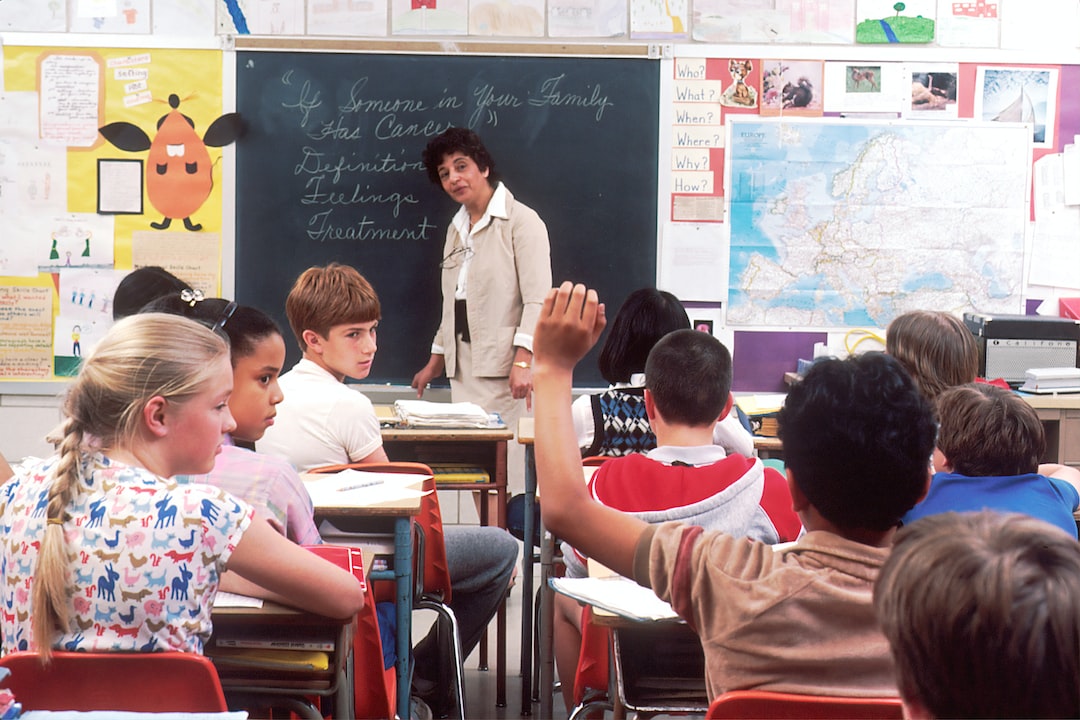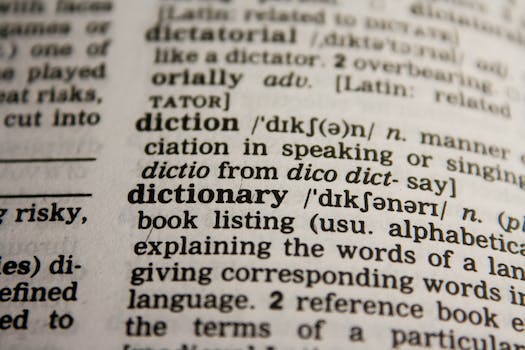
Effective Teaching Strategies for Engaging Language Learners

Utilizing Multimedia to Enhance Language Education
In today’s digital age, effective teaching strategies in language education go hand in hand with multimedia integration. Incorporating multimedia elements into language lessons can significantly enhance the learning experience. Whether you’re teaching English as a second language or another foreign language, multimedia materials can engage and motivate your students.
Real-Life Materials for Language Instruction
Bringing Authenticity to Language Learning
One of the keys to engaging students is making language learning relevant to real-life situations. Introducing real-life materials in your lessons can bridge the gap between the classroom and the outside world. Incorporate newspapers, magazines, advertisements, and authentic conversations into your curriculum to expose students to genuine language use.
Language Learning Games and Exercises
Learning Through Play
Games and interactive exercises are invaluable tools for language instructors. They make learning enjoyable and promote active participation. Whether it’s vocabulary bingo, language puzzles, or role-playing games, incorporating these activities into your teaching strategy can make a significant difference in student engagement.
Subtitle 2: Student-Centered Language Teaching
Fostering Active Participation in Language Lessons
A student-centered approach in language education emphasizes active participation. Encouraging students to speak, ask questions, and engage in discussions fosters language development. As an instructor, your role is to facilitate and guide these interactions, creating a dynamic and engaging classroom environment.
Independent Learning in Language Education
Empowering Students to Take Control
Independence in language learning is a valuable skill. Encourage your students to take control of their learning journey. Provide them with resources, suggest self-study materials, and guide them on setting achievable language goals. This autonomy not only engages students but also prepares them for self-directed language learning in the future.
Critical Thinking in Language Learning
Moving Beyond Memorization
Language education should go beyond rote memorization. Encourage critical thinking by posing open-ended questions and discussing real-world issues in the target language. This approach challenges students to apply their language skills in meaningful ways, making the learning process more engaging and thought-provoking.
Strategies for Fostering Student Engagement
Enhancing the Learning Experience
Fostering student engagement is an ongoing process that requires innovative teaching strategies. Explore various pedagogical approaches, adapt your methods to different learning styles, and stay open to student feedback. By continuously improving your teaching techniques, you’ll create a more engaging and effective language learning environment.
In conclusion, effective teaching strategies for language education involve engaging students through multimedia, real-life materials, interactive exercises, and a student-centered approach. Encouraging active participation, fostering independent learning, and promoting critical thinking are crucial for maintaining student engagement. By employing these strategies, language instructors can create dynamic and effective learning experiences for their students.
RELATED SEARCH TERMS ABOUT EFFECTIVE TEACHING STRATEGIES:
- Engaging Language Learners: Strategies for Effective Teaching
- Multimedia Integration in Language Education
- Real-Life Materials in Language Instruction
- Language Learning Games and Interactive Exercises
- Student-Centered Language Teaching Approaches
- Fostering Active Participation in Language Lessons
- Empowering Language Learners: Independent Learning Strategies
- Critical Thinking Skills in Language Education
- Strategies for Maintaining Student Engagement in Language Learning
- Enhancing the Language Learning Experience Through Effective Teaching





